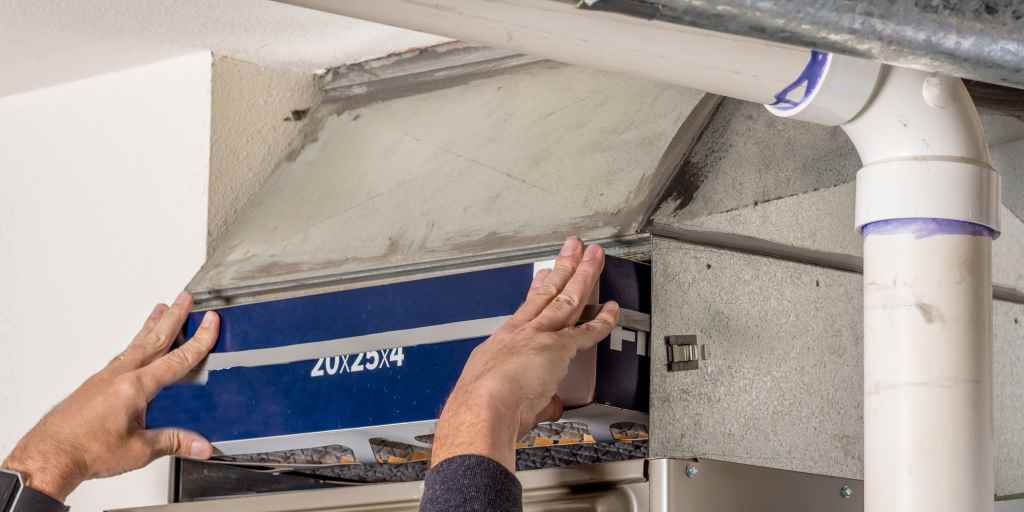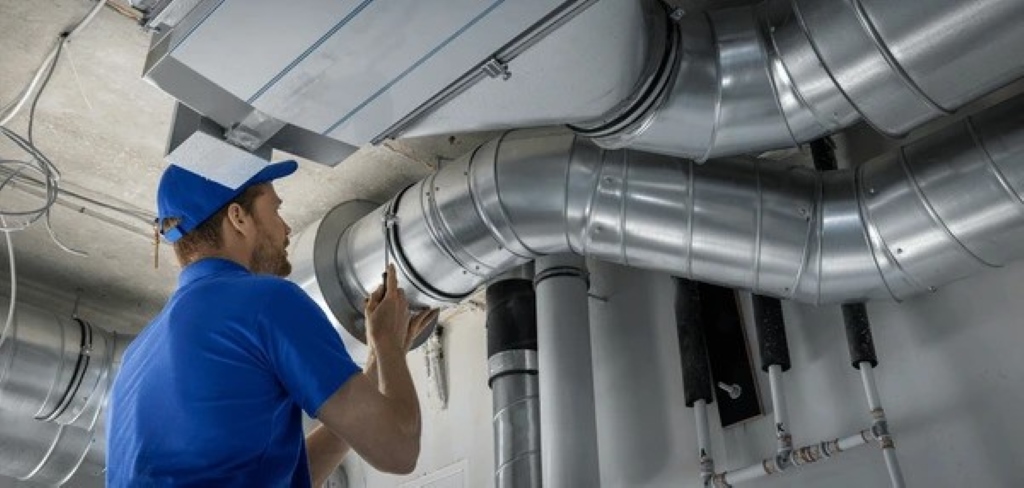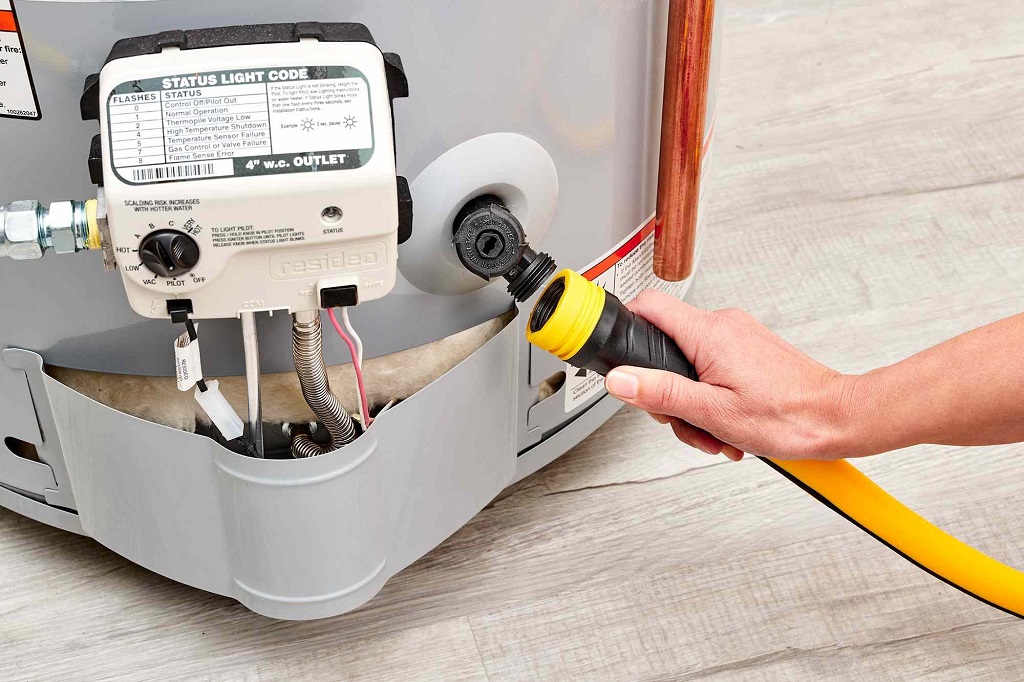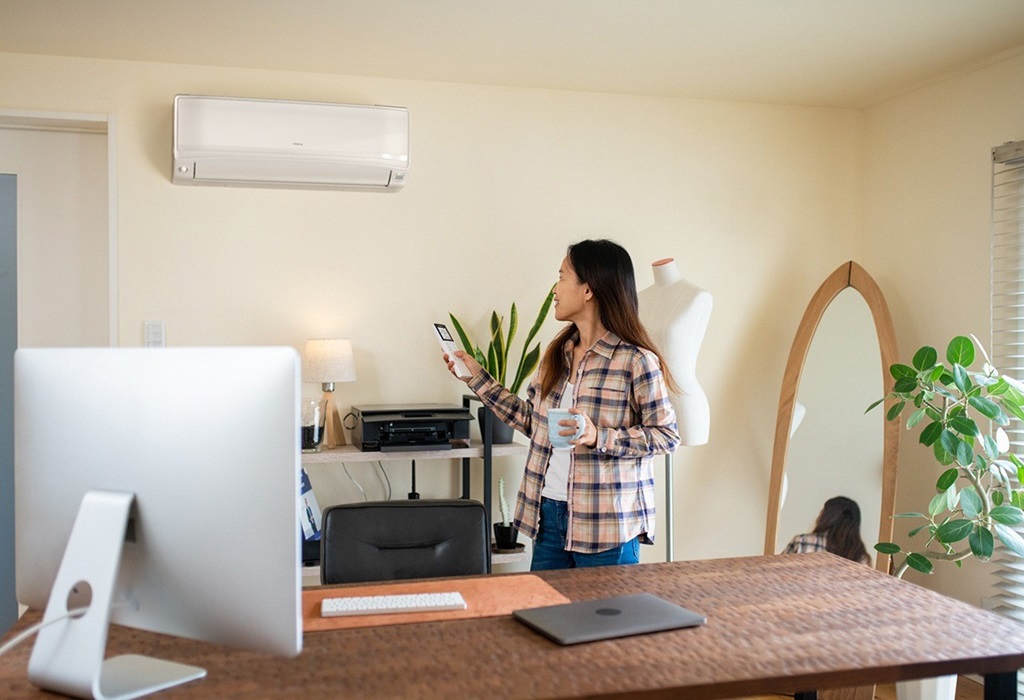Installing a new gas furnace and ductwork is a significant undertaking, but with careful planning and the right knowledge, it can be done successfully. This guide aims to provide a comprehensive overview of the process, catering to those with some basic DIY skills and understanding of HVAC systems.
Important Note: Always consult local building codes and regulations before starting any gas appliance installation. Gas work should ideally be performed by a licensed professional.
1. Preparation and Safety First
- Safety Gear: Wear appropriate safety glasses, gloves, and a dust mask.
- Turn Off Utilities: Disconnect the gas supply to the existing furnace and shut off the electrical power.
- Ventilation: Ensure proper ventilation in the work area.
- Permits and Inspections: Before proceeding with any modifications to existing round ductwork, it’s crucial to adhere to local regulations by obtaining the necessary permits and scheduling inspections through your local authorities. This ensures compliance with safety standards, good air conditioning system performance, and building codes.
Familiarizing yourself with how to tap into existing round ductwork can streamline the process and minimize potential complications. Read more about the specific requirements and guidelines outlined by your local municipality to ensure a smooth and compliant project execution.
2. Removing the Old Furnace
- Disconnect: Carefully disconnect the vent pipe, electrical wiring, gas line, and ductwork from the old furnace.
- Removal: Remove the old furnace, taking care not to damage any existing ductwork or wiring.
3. Installing the New Furnace
- Positioning: Place the new furnace in the designated location, ensuring it’s level and stable.
- Gas Line Connection: If you’re not comfortable working with gas lines, have a qualified professional connect the new furnace to the gas supply.
- Electrical Wiring: Follow the manufacturer’s instructions for connecting the electrical wiring. Double-check all connections before turning on the power.
- Venting: Connect the vent pipe to the new furnace, ensuring a proper seal to prevent carbon monoxide leaks.
4. Ductwork Installation (or Modification)
- Planning: Create a detailed plan for your ductwork layout, considering airflow and optimal placement of registers and returns.
- Material Selection: Choose the appropriate ductwork material (e.g., sheet metal, flexible duct) based on your budget and needs.
- Installation: Install the ductwork, ensuring secure connections and proper sealing to prevent leaks.
- Insulation: Insulate the ductwork in unconditioned spaces (e.g., attics, crawl spaces) to improve energy efficiency.
5. Testing and Finalization
- Leak Test: Perform a leak test on the gas line connections.
- Start-Up: Turn on the gas and electricity, and carefully follow the manufacturer’s instructions for starting the new furnace.
- Combustion Test: Have a qualified technician perform a combustion test to ensure the furnace is operating safely and efficiently.
- Thermostat Setup: Program your thermostat to your desired settings.
Additional Considerations
- Sizing: Ensure the new furnace is properly sized for your home’s heating needs. An oversized furnace will cycle on and off frequently, leading to inefficiency and potential wear and tear.
- Ductwork Design: A well-designed duct system is crucial for even heating and cooling throughout your home. Consider consulting with an HVAC professional for optimal ductwork design.
- Maintenance: Schedule regular maintenance for your new furnace to ensure it continues to operate safely and efficiently.
Could Your Roof Be Cooler? Unpacking the Latest in Cool Roof Technology
Why Seek Professional Help?
While a DIY installation might seem appealing, there are several reasons why hiring a licensed HVAC professional is highly recommended:
- Safety: Gas work is inherently dangerous and should be handled by someone with the proper training and experience.
- Code Compliance: A professional will ensure your installation meets all local building codes and regulations.
- Efficiency: A professional can optimize your system for maximum energy efficiency, potentially saving you money on your energy bills.
Disclaimer: This guide is intended for informational purposes only. Always consult with a qualified professional before attempting any gas appliance installation or major modifications to your HVAC system.






